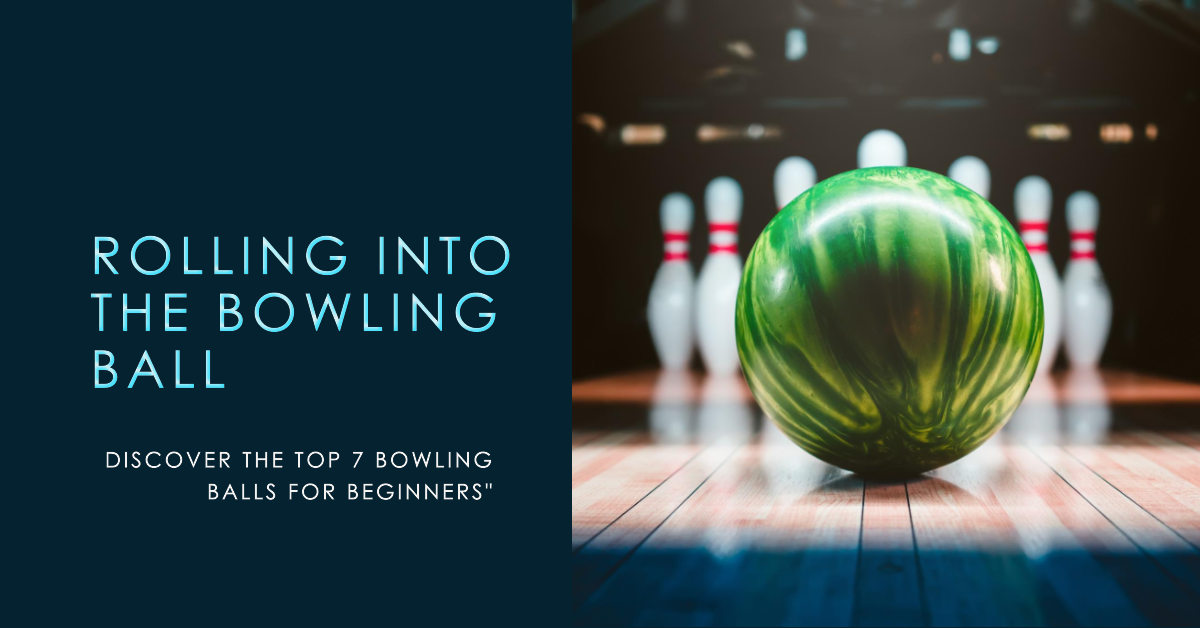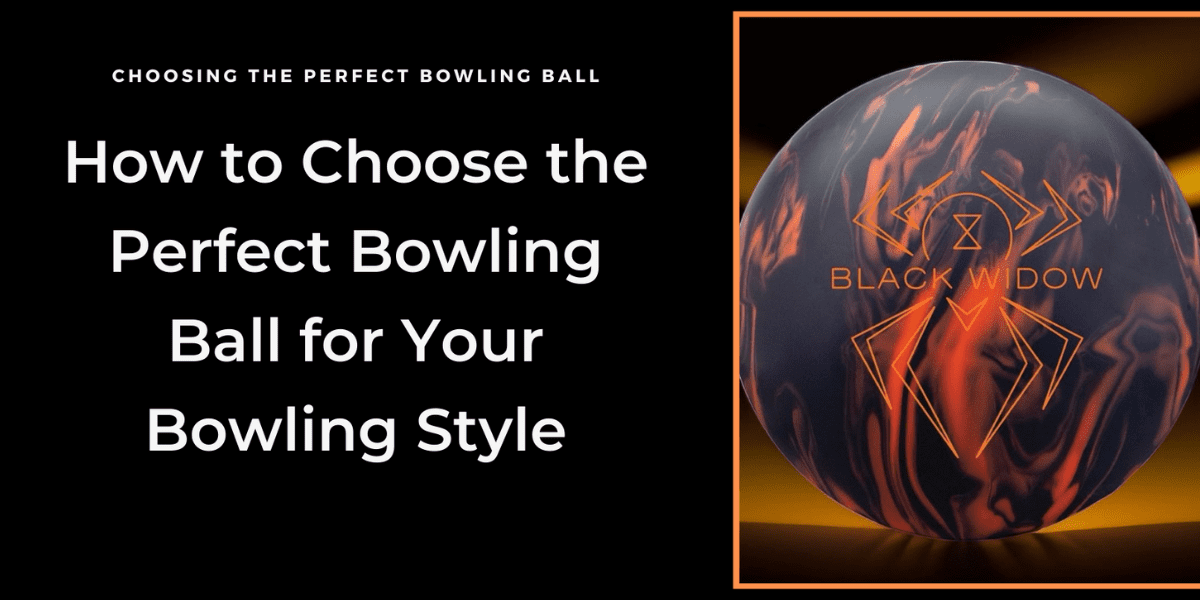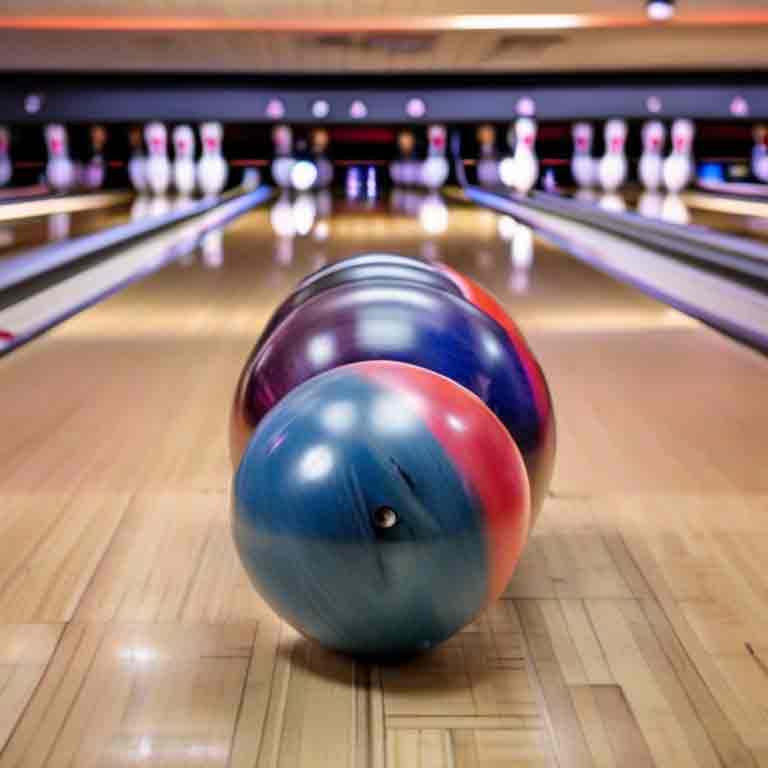Optimal Bowling Ball Speed! The sweet spot for bowling ball speed is typically around 16-21 mph. Achieving speeds within this range can maximize pin action and scoring potential.
Bowling is a sport where precision and power intersect, with the optimal bowling ball speed playing a pivotal role in a player’s performance. Striking a balance between speed and control can be the difference between a spare and a strike.
It’s not just about how fast or slow the ball travels down the lane; it’s about how consistently and effectively you can deliver the ball at an optimal speed that complements your style and the lane conditions. Whether you’re a casual player or a seasoned pro, understanding and honing your ball speed can lead to improved scores and a more enjoyable bowling experience. Proper technique, equipment, and practice are key to managing your bowling ball velocity for peak performance.

Credit: medium.com
The Physics Behind The Strike
Striking down those ten pins in bowling isn’t just about luck; it’s science in action. Bowling isn’t simply about heaving a ball down a lane. It involves a finely-tuned dance of physics, with ball speed playing a crucial role. Let’s dive into the physics behind the perfect strike.
The Role Of Speed In Bowling
Optimal bowling ball speed is essential for that satisfying crash of pins. It’s about finding the sweet spot. Too fast, and the ball might bounce off the pins with less force. Too slow, and the energy transferred to the pins could be too weak for a strike.
- Consistency in speed helps with hitting the pocket.
- Control over your ball speed can give you an advantage.
- Adjusting speed according to lane conditions is key.
Experts suggest a range of 16 to 20 miles per hour off the hand, which translates to roughly 13 to 17 miles per hour when the ball hits the pins, as ideal speeds for most bowlers.
Understanding Ball Dynamics
Dynamics of a bowling ball include its speed, rotation, and angle of entry. All combine to create the perfect strike. The rotation or ‘rev rate’ contributes to how the ball hooks. The angle of entry is the angle at which the ball enters the pocket – a crucial factor for strikes.
| Component | Description | Impact on Strike |
|---|---|---|
| Speed | How fast the ball is moving | Determines energy transfer to pins |
| Rotation | Spin rate of the ball | Affects hook and pin action |
| Angle of Entry | Angle at which ball hits pins | Crucial for effective strikes |
To increase your ball speed, focus on your approach, swing, and release. Align your feet, stay relaxed, and use the natural swing of your arm to throw the ball swiftly and smoothly towards the pins.

Credit: www.wikihow.com
Finding Your Sweet Spot
Finding your optimal bowling ball speed is essential for improving your game. It can be the difference between a strike and a miss. Your “sweet spot” is a comfortably high speed that knocks down pins effectively without sacrificing control. This section will guide you through understanding typical speed ranges and how to adjust for your unique bowling style.
Typical Bowling Speed Ranges
Most bowlers have a speed range they fall into. Here’s a quick overview:
| Level | Speed Range (MPH) |
|---|---|
| Beginner | 10-12 |
| Intermediate | 13-15 |
| Advanced | 16-18 |
| Professional | 19-21 |
Knowing your current speed can help determine the ideal pace you should aim for.
Adjusting Speed To Your Style
Each bowler has a unique style. Your optimal speed might differ from another’s. Here are steps to adjust your speed:
- Check your form: Ensure you have a smooth, consistent arm swing.
- Adjust your footwork to increase or decrease your speed.
- Alter your release: Your grip and release impact your ball’s speed.
- Experiment with different ball weights to see what suits you best.
Practice these adjustments during your next visit to the lanes. You will soon notice a difference in your game.
Speed Control Techniques
Mastering the art of optimal bowling ball speed is a game changer. Whether you’re a beginner or a seasoned pro,
understanding how to control your ball speed can make the difference between a spare and a strike. With the right
techniques, you can achieve the perfect balance of power and precision on the lanes. Let’s dive into some key strategies
that will help you regulate your ball speed with consistency.
Grip And Release Tweaks
- Adjust finger positions: Experiment with deeper or shallower finger inserts.
- Vary thumb exit: Release your thumb earlier or later to alter ball rotation.
- Tweak wrist motion: Modify the wrist movement for a softer or firmer release.
- Relax your grip: Holding the ball loosely increases speed; a tighter grip decreases it.
Body Positioning For Speed Regulation
- Lean Forward: Slightly leaning your body can help quicken your footwork and increase speed.
- Align Shoulders: Keep shoulders in line with your target for controlled acceleration.
- Bend Knees: A deeper knee bend allows for a stronger push-off and adds speed.
- Follow Through: A smooth, consistent follow-through ensures the right amount of force.
Equipment Choices Matter
In the world of bowling, equipment choices significantly influence your game.
Your bowling ball’s speed can make or break your performance on the lanes.
It’s not just about how hard you can throw; it’s about finding that sweet spot where precision meets power.
Let’s delve into how selecting the right equipment enhances your optimal bowling ball speed.
Selecting The Right Weight Ball
Selecting a ball with an appropriate weight is crucial for maintaining control and speed.
- Too heavy, and you’ll sacrifice speed and risk injury.
- Too light, and you won’t transfer enough energy to the pins.
A general rule is to choose a ball that’s roughly 10% of your body weight.
Always test different weights to find one that feels comfortable and allows you to maintain a consistent throw.
How Ball Composition Affects Speed
The material of your bowling ball, also known as its composition, has a direct impact on your ball’s speed.
| Ball Type | Material | Speed Potential |
|---|---|---|
| Plastic | Polyester | High |
| Reactive | Resin | Variable |
| Urethane | Urethane | Controlled |
Plastic balls tend to move faster due to less friction on the lane, while reactive balls offer a range of speeds based on their coverstock and core design.
Urethane balls are known for a smoother, more controlled speed.
Common Pitfalls And How To Avoid Them
Striking the perfect balance in bowling ball speed is crucial for top performance. Understanding common pitfalls can greatly enhance your game. Let’s dive into the specifics and learn how to avoid these mistakes.
Matching Speed To Lane Conditions
Finding the right ball speed for different lane conditions is a key to bowling success. Lanes vary – some are oily, while others are dry.
- Oily lanes: Require a slower ball speed to allow for greater hook potential.
- Dry lanes: Need a faster ball to prevent early hooking and to reach the pins with enough energy.
To match the lane conditions, start by observing the lane’s oil pattern. Adjust your throw accordingly, for the best chance to hit strikes consistently.
Avoiding Overpowering Your Throw
A common mistake is throwing the ball with excessive force. Overpowering your throw can lead to loss of control and reduced pin action.
- Use a smooth release technique to maintain control.
- Focus on a consistent approach and arm swing.
- Keep your speed within the recommended range (usually 16-20 mph).
Remember, balance and technique trump sheer power. Focus on a controlled and repeatable motion to avoid the pitfall of overpowering your throw.

Credit: www.bowlersmart.com
Practical Drills And Exercises
Mastering the perfect bowling ball speed can feel like an elusive goal, but with the right practical drills and exercises, you can find your sweet spot. Whether it’s ramping up the power or locking in consistency, we’ve got you covered with robust, effective techniques for all skill levels.
Increasing Your Bowling Ball Speed
Building speed doesn’t just happen; it requires focused effort. Follow these steps to send your bowling ball down the lane with more oomph:
- Start with strength training. Incorporate exercises like push-ups, plyometrics, and medicine ball throws to build the necessary muscle.
- Adopt a faster approach. Gradually increase your footwork speed to generate more momentum.
- Practice a relaxed arm swing. Tension hinders speed, so work on loosening up your arm with repeated swings.
- Utilize lighter balls for practice to train your arm to swing faster without the added weight.
Consistency Drills For Repeated Success
Consistency is key to nailing that optimal bowling ball speed. Try these drills to ensure success:
- Establish a routine. Repeat your approach and throw with the same steps and timing to build muscle memory.
- Use marked lanes. Focus on hitting the same marks consistently to improve accuracy and repetition.
- Film your practice. Review your footage to identify and correct inconsistencies in your form and approach.
- Check your ball speed. Use on-lane technology to track and maintain your ideal speed across multiple throws.
Frequently Asked Questions For Optimal Bowling Ball Speed
How Fast Should I Bowl A Bowling Ball?
A bowling ball should generally be bowled at a speed of 16-21 mph for optimal performance.
Is It Better To Bowl Fast Or Slow?
The effectiveness of bowling fast or slow depends on individual bowling style, skill, and the lane conditions. Generally, a moderate speed between 16-20 mph is considered optimal for control and pin action.
What Is Optimal Trajectory In Bowling?
The optimal trajectory in bowling refers to the precise angle and path a ball takes to maximize strike potential.
How Can I Increase My Bowling Ball Speed?
To increase bowling ball speed, focus on a strong delivery stance, upgrade your physical fitness, and refine your technique. Practice a relaxed arm swing and maintain a firm wrist position. Ensure a smooth and quick approach, and release the ball in a fluid motion.
What Is The Ideal Bowling Ball Speed?
Bowling at an ideal speed enhances accuracy and impact, typically ranging between 16-20 mph at release point.
Conclusion
Mastering the optimal bowling ball speed is essential for bowlers aiming to improve their game. This post has explored the balance needed between speed and control. Remember, achieving the perfect throw isn’t just about force; it’s about precision and timing.
Practice these tips and make adjustments according to your style. Whether you’re a seasoned pro or just starting out, refining your ball speed can significantly impact your scores. Keep rolling, and may your strikes be as swift and effective as your learning!

Passionate Bowler and Bowling Enthusiast
Jess Pinelli is a dedicated bowling enthusiast with a deep love for the sport that spans over 6 years. With numerous strikes, spares, and a few gutter balls under hes belt, he has honed his skills on lanes across the country. Pinelli’s journey in the world of bowling has been a remarkable one, from casual weekend games with friends to competitive league play and even a few local tournaments.
Driven by her passion for the game, Pinelli decided to channel her expertise and knowledge into the digital realm, becoming a prolific author on this bowling website. She’s your go-to source for everything bowling-related, from mastering the perfect hook to choosing the right bowling ball and even navigating the world of bowling etiquette.
When she’s not busy writing informative articles or reviewing the latest bowling gear, you’ll likely find Pinellis at her favorite local bowling alley, helping newcomers improve their game or enjoying some friendly competition with fellow bowlers. She firmly believes that bowling is not just a game but a community, and she’s committed to fostering that sense of camaraderie both online and offline.




